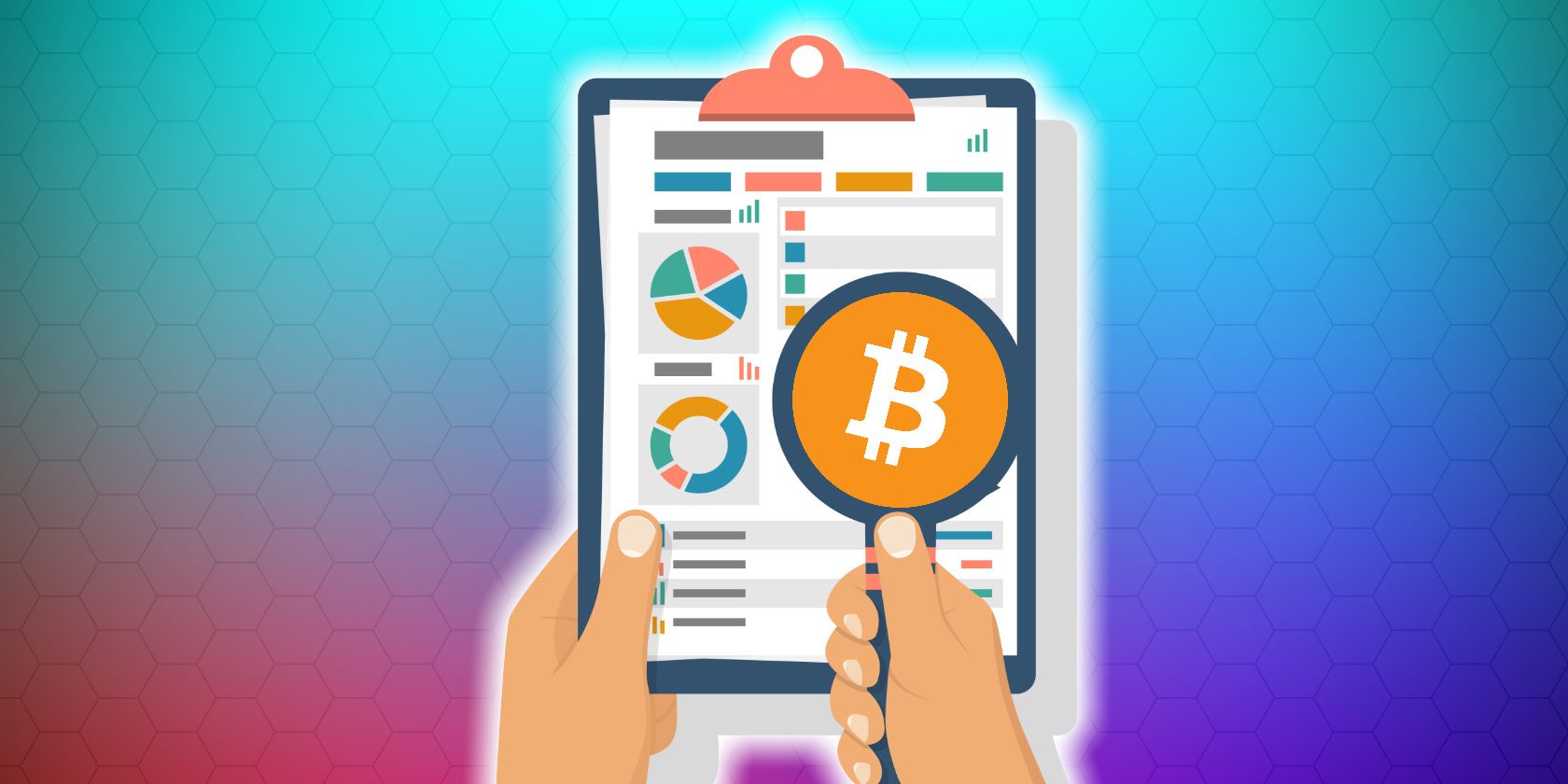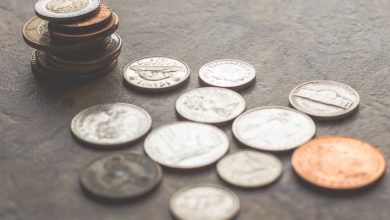How to Verify the Legitimacy of a Cryptocurrency Project Before Investing

- Understanding the importance of verifying the legitimacy of a cryptocurrency project
- Key factors to consider when evaluating a cryptocurrency project for investment
- Tips for conducting thorough research on a cryptocurrency project before investing
- Common red flags to watch out for when assessing the legitimacy of a cryptocurrency project
- Utilizing online resources and tools to verify the credibility of a cryptocurrency project
- Consulting with experts and seeking advice before making investment decisions in the cryptocurrency space
Understanding the importance of verifying the legitimacy of a cryptocurrency project
Verifying the legitimacy of a cryptocurrency project is crucial before making any investments. It is essential to understand the importance of conducting thorough research to ensure that the project is not a scam or fraudulent scheme. By verifying the legitimacy of a cryptocurrency project, investors can protect themselves from potential financial losses and make informed decisions.
One of the key reasons for verifying the legitimacy of a cryptocurrency project is to avoid falling victim to scams. There have been numerous cases of fraudulent projects in the cryptocurrency space, where investors have lost their money due to lack of due diligence. By verifying the legitimacy of a project, investors can mitigate the risk of being scammed and ensure that their investments are safe.
Furthermore, verifying the legitimacy of a cryptocurrency project can help investors assess the credibility and trustworthiness of the project team. By researching the backgrounds of the team members, investors can determine whether they have the necessary expertise and experience to successfully execute the project. This can provide investors with confidence in the project’s potential for success.
In addition, verifying the legitimacy of a cryptocurrency project can help investors evaluate the project’s whitepaper and roadmap. By reviewing these documents, investors can gain a better understanding of the project’s goals, objectives, and timeline for development. This can help investors assess the feasibility and viability of the project, as well as its potential for long-term growth and sustainability.
Overall, understanding the importance of verifying the legitimacy of a cryptocurrency project is essential for investors looking to make informed decisions and protect their investments. By conducting thorough research and due diligence, investors can minimize the risk of falling victim to scams and ensure that they are investing in legitimate and credible projects.
Key factors to consider when evaluating a cryptocurrency project for investment
When evaluating a cryptocurrency project for investment, there are several key factors to consider to ensure its legitimacy and potential for success. These factors can help investors make informed decisions and mitigate risks associated with the volatile nature of the cryptocurrency market.
- Team: One of the most important factors to consider is the team behind the cryptocurrency project. Look for a team with a strong background in blockchain technology, finance, and business development. A reputable team with relevant experience is more likely to successfully execute the project.
- Technology: Evaluate the technology behind the cryptocurrency project. Consider factors such as the scalability, security, and functionality of the blockchain network. A project with innovative technology and a strong technical foundation is more likely to gain traction in the market.
- Use case: Assess the use case and real-world application of the cryptocurrency. Look for projects that solve a specific problem or address a market need. A clear use case with a strong value proposition is essential for long-term success.
- Community: Examine the community support and engagement surrounding the cryptocurrency project. A strong and active community can help drive adoption and increase the project’s visibility. Look for projects with a dedicated community of supporters.
- Transparency: Transparency is key when evaluating a cryptocurrency project. Look for projects that provide clear and comprehensive information about their team, technology, roadmap, and financials. Avoid projects with a lack of transparency or suspicious practices.
By considering these key factors when evaluating a cryptocurrency project for investment, investors can make more informed decisions and reduce the risk of falling victim to scams or fraudulent schemes. Conducting thorough due diligence and research is essential in the cryptocurrency market to protect your investments and maximize potential returns.
Tips for conducting thorough research on a cryptocurrency project before investing
When considering investing in a cryptocurrency project, it is crucial to conduct thorough research to verify its legitimacy. Here are some tips to help you make an informed decision:
- Start by examining the team behind the project. Look for information about their experience, qualifications, and track record in the cryptocurrency industry. A reputable team with a history of successful projects is a positive sign.
- Next, analyze the whitepaper of the cryptocurrency project. Pay attention to the technology, use case, and roadmap outlined in the document. Make sure the project has a clear and viable plan for development.
- Check the project’s community and social media presence. Engage with other investors and experts to get their opinions and insights. A strong and active community is indicative of a legitimate project.
- Look into the partnerships and collaborations of the cryptocurrency project. Established partnerships with reputable companies can add credibility to the project and increase its chances of success.
- Lastly, conduct a thorough analysis of the project’s market potential and competition. Evaluate the demand for the cryptocurrency, its unique selling points, and how it differentiates itself from other projects in the market.
By following these tips and conducting comprehensive research, you can verify the legitimacy of a cryptocurrency project before making any investment decisions. Remember, due diligence is key to protecting your funds and ensuring a successful investment in the long run.
Common red flags to watch out for when assessing the legitimacy of a cryptocurrency project
When assessing the legitimacy of a cryptocurrency project, it is crucial to be aware of common red flags that may indicate potential risks. By being vigilant and conducting thorough research, investors can protect themselves from falling victim to fraudulent schemes. Here are some key red flags to watch out for:
- **Lack of Transparency:** One of the most significant red flags is a lack of transparency in the project’s whitepaper, team members, or development roadmap. If crucial information is missing or vague, it could be a sign that the project is not legitimate.
- **Unrealistic Promises:** Projects that make unrealistic promises of high returns with little to no risk should be approached with caution. Cryptocurrency investments always carry a level of risk, and any project claiming otherwise may not be trustworthy.
- **Anonymous Team:** If the project’s team members are anonymous or have questionable backgrounds, it can be challenging to verify their credibility. A reputable project should have a team of experienced professionals who are willing to be transparent about their identities.
- **Lack of Community Engagement:** Legitimate cryptocurrency projects often have an active and engaged community of supporters. If a project lacks community engagement or has a small following, it may be a sign that it is not well-received in the crypto space.
- **Security Concerns:** Security is paramount in the world of cryptocurrency. If a project has a history of security breaches or vulnerabilities, it could pose a significant risk to investors. Conducting due diligence on the project’s security measures is essential.
By keeping an eye out for these red flags and conducting thorough due diligence, investors can make more informed decisions when evaluating the legitimacy of a cryptocurrency project. It is always better to be cautious and skeptical rather than falling victim to potential scams or fraudulent schemes.
Utilizing online resources and tools to verify the credibility of a cryptocurrency project
When considering investing in a cryptocurrency project, it is crucial to utilize online resources and tools to verify its credibility. There are several ways to do this, including conducting thorough research on the project’s website, reading whitepapers, and analyzing the team behind the project.
One of the first steps in verifying the legitimacy of a cryptocurrency project is to visit its website. Look for information about the project’s goals, technology, and team members. Pay attention to the website’s design and functionality, as a professional-looking site can indicate a higher level of credibility.
Reading the project’s whitepaper is another essential step in the verification process. The whitepaper should outline the project’s purpose, technology, and roadmap in detail. Look for any red flags or inconsistencies in the whitepaper that may indicate a lack of legitimacy.
Analyzing the team behind the cryptocurrency project is also crucial. Look for information about the team members’ experience, qualifications, and previous projects. Verify their identities and check for any past involvement in fraudulent activities.
Additionally, there are online tools and resources that can help verify the credibility of a cryptocurrency project. Websites like CoinMarketCap, CoinGecko, and CryptoSlate provide valuable information about various projects, including market data, community engagement, and development activity.
By utilizing these online resources and tools, investors can make more informed decisions about which cryptocurrency projects to invest in. Conducting thorough research and due diligence is essential to avoid falling victim to scams and fraudulent schemes in the cryptocurrency space.
Consulting with experts and seeking advice before making investment decisions in the cryptocurrency space
Consulting with experts and seeking advice before making investment decisions in the cryptocurrency space is crucial for ensuring the legitimacy of a project. It is important to reach out to individuals who have experience and knowledge in the field to gain valuable insights and perspectives. By consulting with experts, investors can better understand the potential risks and rewards associated with a particular cryptocurrency project.
Experts can provide guidance on how to evaluate the credibility of a project, assess its technology and team, and determine its long-term viability. They can also offer advice on how to navigate the volatile nature of the cryptocurrency market and make informed investment decisions. Seeking advice from experts can help investors avoid falling victim to scams or fraudulent schemes.
Additionally, consulting with experts can help investors stay informed about the latest trends and developments in the cryptocurrency space. By staying up-to-date on industry news and insights, investors can make more informed decisions about which projects to invest in and which ones to avoid. Experts can also provide recommendations on which projects show the most promise and potential for growth.
Overall, consulting with experts and seeking advice before investing in a cryptocurrency project is an essential step in verifying its legitimacy and making informed investment decisions. By leveraging the knowledge and expertise of industry professionals, investors can mitigate risks and maximize their chances of success in the cryptocurrency market.




